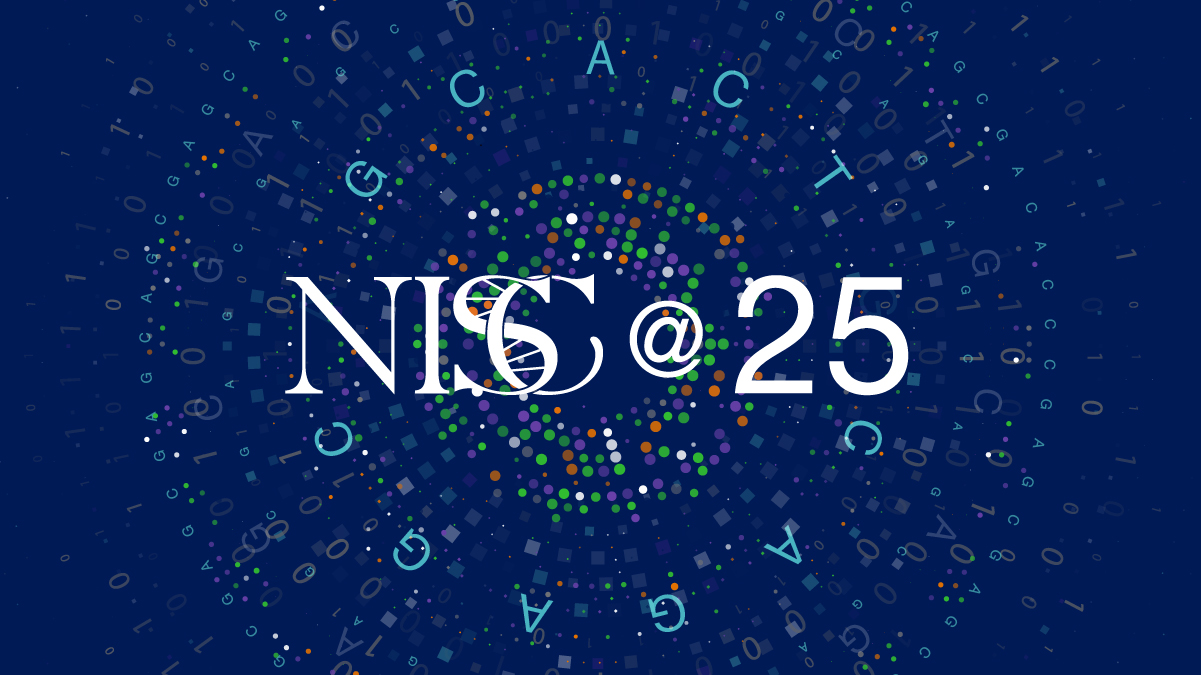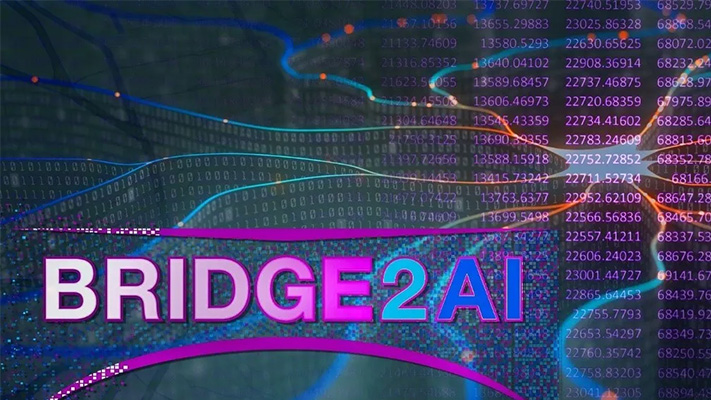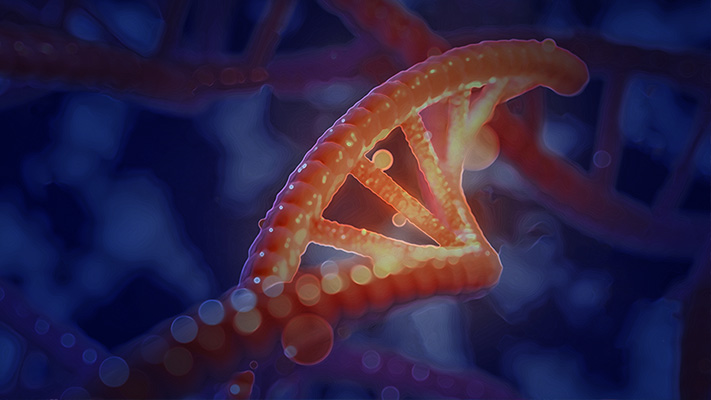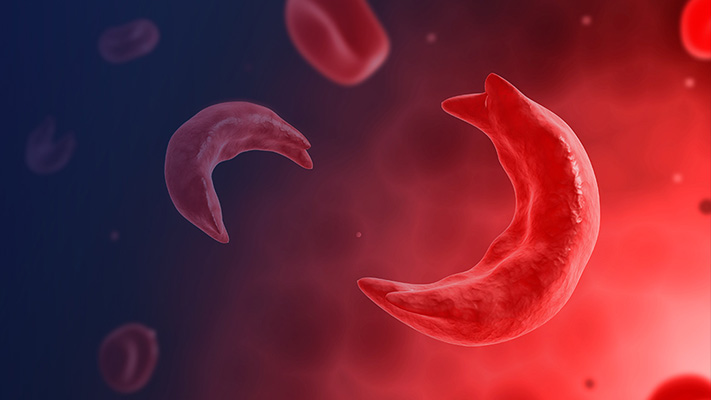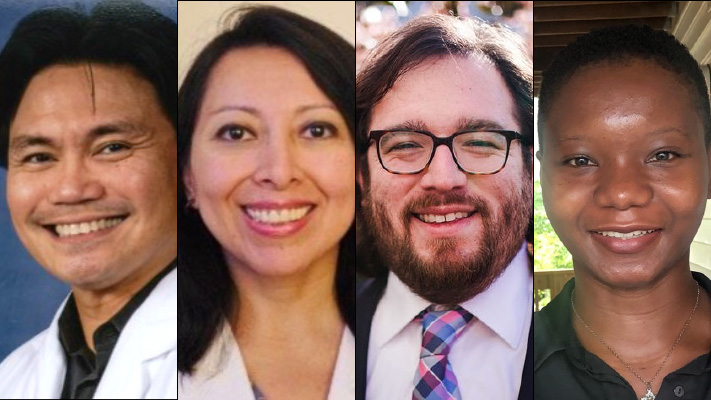25th anniversary of the NIH Intramural Sequencing Center (NISC)
Last week, we started a new fiscal year for the federal government. As is often the case, we began Fiscal Year 2023 under a “Continuing Resolution” (CR), which means the government is currently operating based on last year’s budget — awaiting passage of a new budget for the current fiscal year. The CR allows NHGRI to continue functioning and performing most of its normal work, although we eagerly await a new budget for Fiscal Year 2023.
In September, President Biden announced his intention to appoint Renee Wegryzn, Ph.D., as the inaugural director of the Advanced Research Projects Agency for Health (called ARPA-H). ARPA-H aims to conduct high-impact biomedical and health research with a mission “to benefit the health of all Americans by catalyzing health breakthroughs that cannot readily be accomplished through traditional research or commercial activity.” NHGRI looks forward to working with Renee and the growing ARPA-H staff in the coming months.
For those readers going to the annual American Society of Human Genetics’ annual meeting later this month, I would like to draw your attention to two ancillary workshops at this year’s meeting being hosted by NHGRI staff. The first, entitled “Applying for NIH Grants: Strategies for Success,” will provide an inside look at the NIH funding process as well as provide tips and tools for successful grant writing; this session will take place on October 26 and will have an option for remote participation. The second, entitled “NHGRI Building a Diverse Workforce – Listening to the Voices of Trainees and Early-Stage Scientists,” is designed for trainees and early-stage researchers and will feature discussions about professional opportunities in genomics; this session will take place on October 27.
All the best,
![]()
In This Issue
- 25th anniversary of the NIH Intramural Sequencing Center (NISC)
- Historically Speaking series to feature African American genetics researchers
- Bridge2AI program expands use of artificial intelligence in biomedical research
- New NHGRI program aims to systematically study human gene function
- New educational materials aim to increase knowledge about sickle cell disease gene therapy
- NHGRI welcomes new NIH-ACMG and NHGRI-ASHG fellows
- Chuck Venditti appointed new chief of NHGRI’s intramural Metabolic Medicine Branch
Genomic Data Sharing Spotlight
HL7 Fast Healthcare Interoperability Resources (FHIR) is a clinical data standard and an application programming interface to exchange Electronic Health Records (EHRs). FHIR provides an opportunity for the genomic medicine research community to develop ways to consistently report genomics and genomics-related data among different healthcare systems. However, additional developments are needed to better understand how these data should be represented in FHIR in order to best serve both the clinical and basic research communities. In 2019, NIH issued a notice encouraging researchers to explore the use of FHIR to capture, integrate, and exchange clinical data for research purposes and to enhance capabilities to share research data. Did you know that NHGRI-supported programs are involved in improving FHIR’s ability to exchange genomics and genomics-related information among discrete healthcare systems? For example, the Electronic Medical Records and Genomics (eMERGE) Network has been involved in expanding the capabilities of FHIR to represent clinical genomics results, and, more recently, FHIR is being incorporated into NHGRI resource programs such as the Genomic Data Science Analysis, Visualization, and Informatics Lab-space (AnVIL).
Efforts to standardize genomic medicine research are not finished. In February 2021, the NHGRI Genomic Medicine Working Group hosted a virtual meeting titled “Genomic Medicine XIII: Developing a Clinical Genomic Informatics Research Agenda.” The meeting called out “identifying and addressing semantic and syntactic gaps related to the representation of genomic information in existing clinical data standards and models” as a short-term need for the clinical informatics field. Over the coming years, NHGRI will be focusing on this issue, so as to pave the way for genomics to be responsibly incorporated into the clinical setting.

About The Genomics Landscape
A monthly update from the NHGRI Director on activities and accomplishments from the institute and the field of genomics.
Last updated: October 6, 2022

